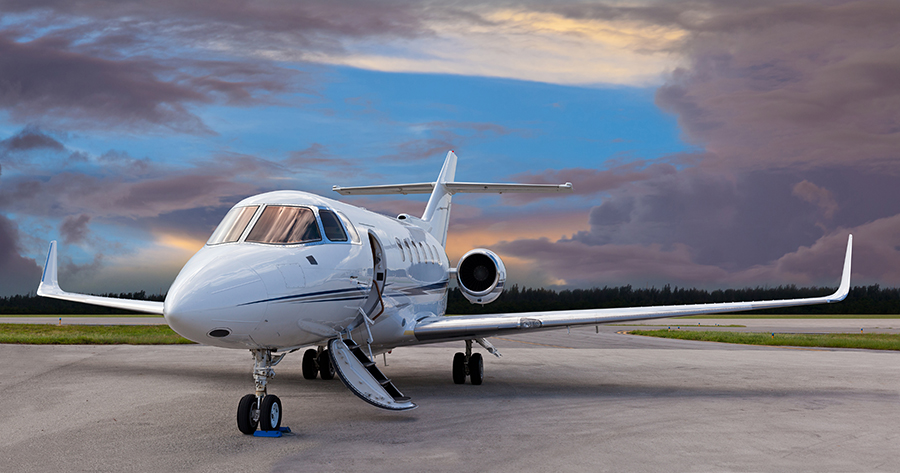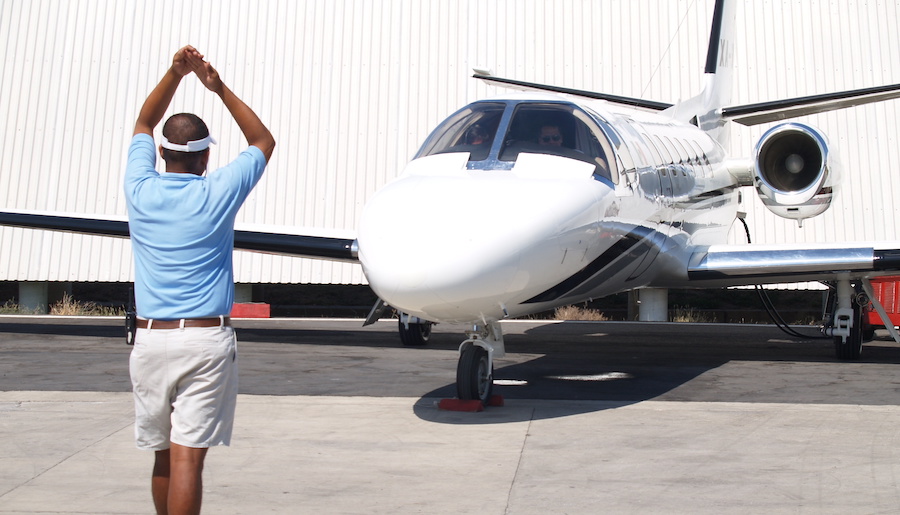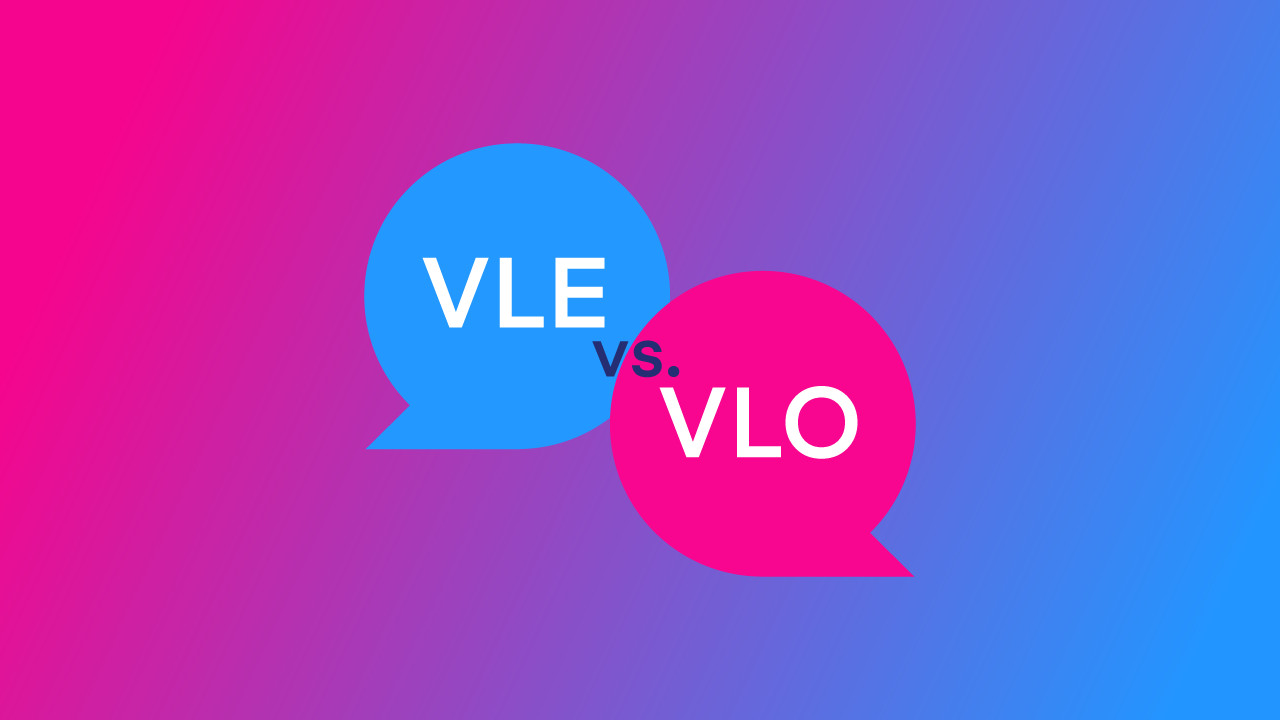Aircraft are expensive. The Boeing 737, arguably the most popular domestic commercial aircraft, will easily run you over $30 million second-hand, with new aircraft pushing the $90 million mark. The Cessna 172, of which there are still 40,000 in operation today, boasts an average second-hand price of $200,000.
With all of that expensive equipment flying around, you may be wondering how private individuals or airlines afford these aircraft.
The answer – aircraft financing.
What is Aircraft Financing?
Aircraft financing refers to the procurement of funds for the purchase and operation of aircraft. Aircraft financing, particularly for commercial operations, can take many structures but is often structured as a secured loan.
Aircraft financing typically varies significantly between private and commercial aircraft and is easier to understand when investigated separately.
Private Aircraft Financing
Financing for the purchase of a private aircraft follows a similar structure to a car loan or mortgage. The lender is often a commercial bank that does not necessarily specialize in aircraft financing.
The basic structure of obtaining financing for a private aircraft as an individual or small business will generally be the following:
- The individual or business (the borrower) will apply for the financing and provide information about themselves and the aircraft they wish to purchase.
- The financial institution (the lender) will perform an appraisal of the aircraft to determine its monetary value.
- The lender will then perform a title search using the aircraft’s Federal Aviation Administration (FAA) registration details. During this search, the lender will attempt to determine if any liens or title defects are present. In other words, the lender wants to confirm that ownership can be fully transferred during the sale.
- The lender will then complete the following documentation:
- The security agreement that will allow the lender to repossess the aircraft if the borrower defaults on the loan (i.e., fails to pay).
- The promissory note that will hold the borrower responsible for any outstanding loan balance that cannot be covered through the repossession of the aircraft.
- If the individual or business is deemed to not fully qualify for the loan (i.e., fails a credit check), a surety will be required from one or more third parties.
- Finally, once the documentation has been completed, the funds and title are transferred as required.
While aircraft financing for private individuals or small companies is rarely complicated, the financing can adopt a different structure as required. More complex financing agreements are generally reserved for expensive aircraft, however.
Commercial Aircraft Financing
Commercial aircraft are far more expensive to own and operate than their general aviation counterparts. The capital (money) required to purchase a commercial aircraft, often in the dozens of millions, is out of reach for most airlines.
Even if airlines had the capital, it would not make financial sense to keep such a large amount of capital invested in an aircraft when the aircraft could be financed at favorable terms and the capital saved for other expenses or unforeseen circumstances.
The lease and debt structures used to finance commercial aircraft are more advanced and fall into three primary general structures:
- Direct lending
- Operating leasing
- Finance leasing
We will examine each structure in detail, but it is important to note that not all commercial aircraft are financed this way, and there are many other methods for financing commercial aircraft.
Although less common, a few examples include:
- Tax leases, allow the financier (the borrower) to remain the legal owner of the aircraft for tax deduction purposes.
- Enhanced Equipment Trust Certificates (EETCs), which place the asset (aircraft) in a trust. EETCs are generally considered to be a type of finance leasing.
- Leasebacks, in which a company purchases an aircraft and then leases the aircraft back to the seller. This allows an airline to sell its aircraft and receive a large amount of cash while continuing to use the aircraft under a lease agreement with the buyer.
- Cold hard cash.
Direct Lending
Direct lending refers to a secured or unsecured loan provided for the purchase of a commercial aircraft. As the cost of a commercial aircraft may be in the tens or hundreds of million dollars, a single bank will rarely have enough capital to finance such a purchase. Instead, a syndicate (group) of banks will often jointly provide the loan.
Although possible, a commercial aircraft loan is rarely unsecured and is almost always secured. In other words, the bank will repossess the aircraft if an airline defaults (fails to pay) a loan. This means that the loan is “secured” by the aircraft.
A “security interest” must be created for a loan to become secured. This is simply a legal document that gives the financier (the borrower) the right to repossess the aircraft if the airline fails to pay the loan.
Unsecured loans for expensive aircraft are usually only provided at expensive loan terms (e.g., high-interest rates) and are only available to companies with good credit and cash flow (income).
The Advantages of Direct Lending
The advantage of direct lending is that airlines are able to purchase and directly own their aircraft, which allows them to enjoy tax benefits such as the deduction of depreciation.
Depreciation is the loss of value an asset (such as an aircraft) experiences over time. Tax authorities treat depreciation as an expense that can be deducted.
The Disadvantages of Direct Lending
Airlines need to assume large amounts of debt to purchase aircraft through direct lending. This may make airlines more susceptible to market fluctuations and surprise expenses, as they will be unable to quickly adjust their fleet size accordingly.
This issue is partly solved through lease agreements, another popular method of aircraft financing that is most often provided in two flavors; operating leasing and finance leasing.
Operating Leasing
An operating lease is a lease agreement (i.e., contract) that allows the lessee (the airline) to use an asset (e.g., an aircraft) for a certain period of time but does not transfer ownership to the lessee (the airline).
For commercial aircraft, a lease is often provided through a Commercial Aircraft Sales and Leasing (CASL) company. The largest international CASL company is AerCap Holdings N.V. Partly owned by General Electric, AerCap accounts for the vast majority of commercial aircraft lease agreements.
Operating leases are generally no longer than ten years. This allows airlines to quickly acquire aircraft for expansion purposes without the risk of holding assets if the expansion needs to be reversed. Additionally, operating leases reduce the risk of aircraft obsolescence; As aircraft become more fuel-efficient, quieter, and more environmentally friendly, airlines will benefit significantly by updating their fleet, particularly in regions with strict environmental and noise abatement rules.
Some airlines, particularly in countries deemed high risk or less creditworthy, may not be able to acquire the financing required to purchase aircraft, making lease agreements an attractive alternative.
There are two primary types of operating lease agreements:
- Wet Lease
- Dry Lease
Wet Lease
A wet lease is a lease agreement where the lessor (usually an airline) provides an aircraft, as well as an entire crew, maintenance, and insurance to the lessee (also usually an airline). The lessee will only be liable to pay fuel and other auxiliary expenses such as airport duties.
A lessee will usually pay per hour of operation of the aircraft. The flights operated on a wet-lease will use the lessee’s flight number and callsign, but the aircraft’s livery usually remains unchanged.
A wet lease often only lasts for 1 – 24 months and, in some cases, only for one or more flights.
Wet leases are typically used to increase airline capacity during high traffic seasons, when establishing a new route, or legally circumventing operating bans.
A common variation of the wet-lease agreement is the codeshare agreement. In a codeshare agreement (more commonly known as a codeshare), one or more airlines will market a particular flight as part of their own schedule, with an agreement that only one of them will operate the flight (referred to as the “operating carrier”). Codesharing allows airlines to provide connecting flights under one carrier code, which enables schedules to be optimized. Furthermore, a codeshare agreement allows airlines to gain exposure and service smaller markets.
Dry Lease
A dry lease is a lease agreement where the lessor provides an aircraft without a crew or supporting services. Dry lease lessors are often companies (such as AerCap) or banks rather than existing airlines.
In a dry lease agreement, the lessee (i.e., airline) will put the aircraft on its own Air Operator’s Certificate (AOC), effectively making the aircraft theirs in the eyes of the FAA.
A dry lease usually lasts longer than two years, and lessees are often expected to return the aircraft in a pre-agreed state at the end of the lease.
Major airlines often use dry lease agreement structures for their regional operations, allowing the major airline to contract out regional operations to other airlines while maintaining the major airline’s code and maintaining ownership of the aircraft under the major airline. Some examples of this type of structure include:
- FedEx Express, utilizes companies such as Mountain Air and Swiftair.
- DHL uses companies such as Atlas Air and Polar Air Cargo.
Finance Leasing
Finance leasing, less commonly known as “capital leasing” or “sales leasing,” is a long-term arrangement that transfers greater ownership of the asset (aircraft) to the lessee (airline) than traditional operating leases. A finance lease often provides the option to transfer full ownership of the asset to the lessee at the end of the lease.
Finance lease agreements typically involve a finance company, known as a Special Purpose Company (SPC), that purchases the asset (aircraft).
Finance leases typically adopt the following structure:
- The lessor (SPC) will purchase an asset (aircraft).
- The lessee will have full usage rights over that asset.
- The lessee will pay, in predetermined intervals and amounts, for the usage of the asset.
- The lessor, over time, will recover all or most of the cost of the asset plus interest.
- The lessee then has the option to acquire full ownership of the asset.
A finance lease is similar to a hire purchase agreement where the lessee acquires full ownership of the asset at the end of the lease. A finance lease has different accounting considerations and tax implications, however. It may therefore be more beneficial for the lessee to lease the asset through finance leasing rather than purchase and hire the asset.
Finance leases are an attractive tax shelter for investors, as they are able to deduct the following costs from their tax bill:
- Depreciation of the aircraft
- Interest paid to the lessor
In short, a finance lease offers a lessee some of the benefits of aircraft ownership without the need to directly own the aircraft or procure expensive financing while still being able to deduct lease payments from their tax bill.
2022 Russian Controversy
After Russia’s 2022 invasion of Ukraine, international sanctions triggered a crisis among lessors to recover over 500 leased aircraft in Russia, worth an estimated $10 billion.
These sanctions forced lessors to end their lease agreements with Russian airlines no later than the 28th of March 2022.
Soon after the sanctions were enacted, president Putin signed a law allowing Russian carriers to re-register the aircraft domestically and continue operating them. It remains unclear if all aircraft will be returned to the lessors and when sanctions will be lifted.
AerCap has since lodged an insurance claim of $3.5 billion to cover the potential loss of aircraft seized by Russian airlines, and only a few dozen have been returned thus far.
The impact of this controversy on the global aircraft financing and leasing market remains unclear.
Conclusion
Wherever large amounts of money are exchanged, there will be complicated legal and financing structures. Aircraft financing has allowed the aviation industry to keep up with demand and become attractive to investors.
With the aviation industry recovering from the pandemic, finance corporations will need to be ready for the expansion of the private and commercial industry to pre-pandemic levels and beyond. And, of course, a lot of money will be made and taxes saved in the process.



